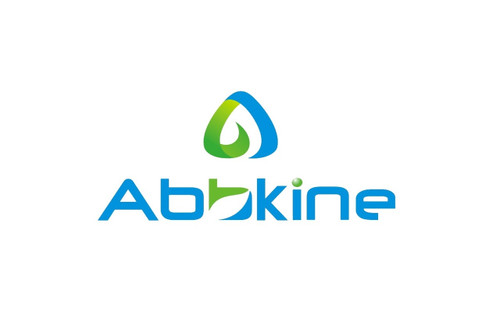Product Description
Rat Platelet-derived growth factor D (PDGFD) ELISA Kit | AE28221RA | Abebio
Species Reactivity: Rat (Rattus norvegicus)
Abbreviation: PDGFD
Alternative Name: IEGF; MGC26867; MSTP036; SCDGF-B; SCDGFB; iris-expressed growth factor|spinal cord derived growth factor B|spinal cord-derived growth factor-B
Application: ELISA
Range: 0.312-20 ng/mL
Sensitivity: 0.125 ng/mL
Intra-Assay: ≤5.3%
Inter-Assay: ≤8.1%
Recovery: 0, 8
Sample Type: Serum, Plasma, Other biological fluids
Detection Method: Sandwich
Analysis Method : Quantitive
Test Principale: This assay employs a two-site sandwich ELISA to quantitate PDGFD in samples. An antibody specific for PDGFD has been pre-coated onto a microplate. Standards and samples are pipetted into the wells and anyPDGFD present is bound by the immobilized antibody. After removing any unbound substances, a biotin-conjugated antibody specific for PDGFD is added to the wells. After washing, Streptavidin conjugated Horseradish Peroxidase (HRP) is added to the wells. Following a wash to remove any unbound avidin-enzyme reagent, a substrate solution is added to the wells and color develops in proportion to the amount of PDGFD bound in the initial step. The color development is stopped and the intensity of the color is measured.
Product Overview: Platelet-derived growth factor D is a member of the platelet-derived growth factor family. The four members of this family are mitogenic factors for cells of mesenchymal origin and are characterized by a core motif of eight cysteines, seven of which are found in this factor. This gene product only forms homodimers and, therefore, does not dimerize with the other three family members. It differs from alpha and beta members of this family in having an unusual N-terminal domain, the CUB domain. Two splice variants have been identified for this gene.
Stability: The stability of ELISA kit is determined by the loss rate of activity. The loss rate of this kit is less than 5% within the expiration date under appropriate storage condition. The loss rate was determined by accelerated thermal degradation test. Keep the kit at 37°C for 4 and 7 days, and compare O.D.values of the kit kept at 37°C with that of at recommended temperature. (referring from China Biological Products Standard, which was calculated by the Arrhenius equation. For ELISA kit, 4 days storage at 37°C can be considered as 6 months at 2 - 8°C, which means 7 days at 37°C equaling 12 months at 2 - 8°C) .
 Euro
Euro
 USD
USD
 British Pound
British Pound
 NULL
NULL












